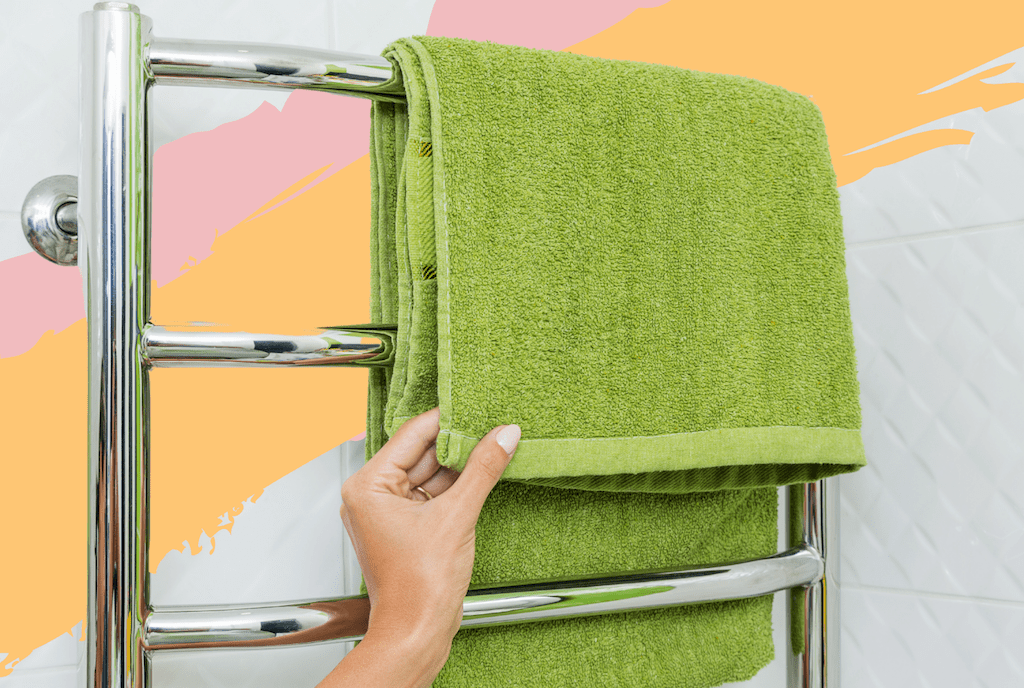Swapping out an old radiator for a heated towel rail can help make a room look completely different. On top of that, it can make your post-shower experience feel completely different, with those bath towels of yours extra welcoming and snuggly after some time spent getting railed.
While towel rails might be considered rather trendy, it’s this combination of the aesthetic with the physical which makes them a popular investment. That said, and while it is easy enough to buy one for your home, you don’t want to buy a rail that creates unforeseen problems.
Though we won’t be able to turn you into a towel rail expert today, we will clue you in on what to look out for when shopping for one, especially if you’re shopping online. With that in mind, here are some key things to consider when buying heated towel rails.
The Pipe Entry
Locating the pipe that comes up from the floor and connects to a radiator…how hard can that be? Well, when looking at towel rails – whether it’s a fancy Stelrad electric towel rail or something a little more basic – things change a little. Unlike the traditional angled valve connection that radiators need (that’s where the connection is 90° up and in), most towel rails require a straight connection where the pipe is flush and goes directly in the rail.
How does that affect you? Well, you’ll need to get a tape measure out and calculate your pipe centres. Radiators tend to have a wider pipe centre. You don’t want to buy a rail and only realise when hanging up that it is narrower (or wider) than the pipes it has to connect to.

The Heat Output (& Size)
Towel rails traditionally have a lower heat output than radiators of the same size; they’re here to warm your towels primarily and not heat your home, after all. In most cases, you would be switching from a horizontal radiator to a vertical rail; this lets you get away with having a bigger overall size.
Should you be keen for your heated towel rail to double up as a radiator proper, double-check its heat output. This is measured by BTU (British Thermal Unit), which should be clearly labelled on any radiator you’re considering. DIY.com have a handy Radiator BTU Calculator, which you can use to assess the particular needs of your bathroom according to its size.
The Placement
Unless you’re getting an electric towel rail, don’t go thinking you can stick one anywhere you like; though it does sit flush to the wall, they’re still reliant on that pipe entry we mentioned earlier. That said, you want to keep pipe exposure to a minimum, with radiator installation ideally done by a professional to ensure its appearance as well as its functionality. A lovely new towel rail high up on a wall with exposed pipes running up from the floor to meet them just isn’t a good look.

The Colour
If you’re buying a towel rail to match other radiators in a room, try your best to match their colour, or risk an aesthetically jarring effect. Having a rail that is a completely different colour, or even just a few shades off, can really throw off the look of a room, and make things look cobbled together rather than curated.
The Accesories
Speaking of keeping the look right, always make sure your valves, wall stays, and any other accessory you’re using on a towel rail matches the finish of the radiator and existing fittings in a room. Adding a rail to existing fittings (let’s say anthracite brushed colour and white valves) will give your new installation a cheap look.
And don’t forget, if you are planning some big changes at home, our home & interiors section has dozens of helpful articles on everything from spring cleaning and maximising space to dressing windows and creating a luxury bathroom experience.





